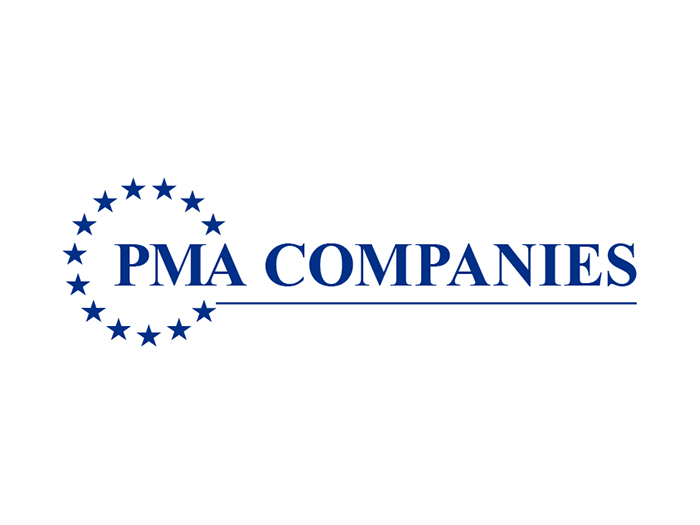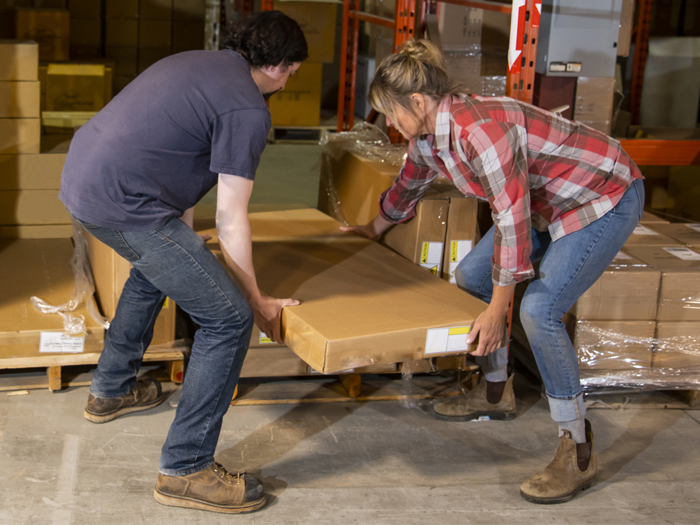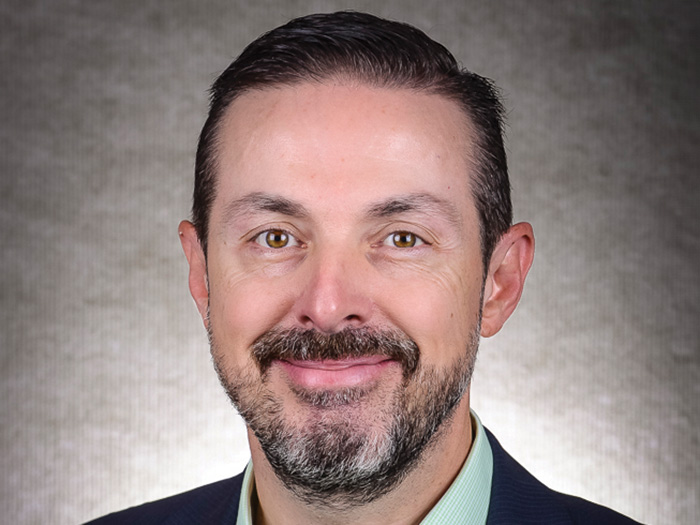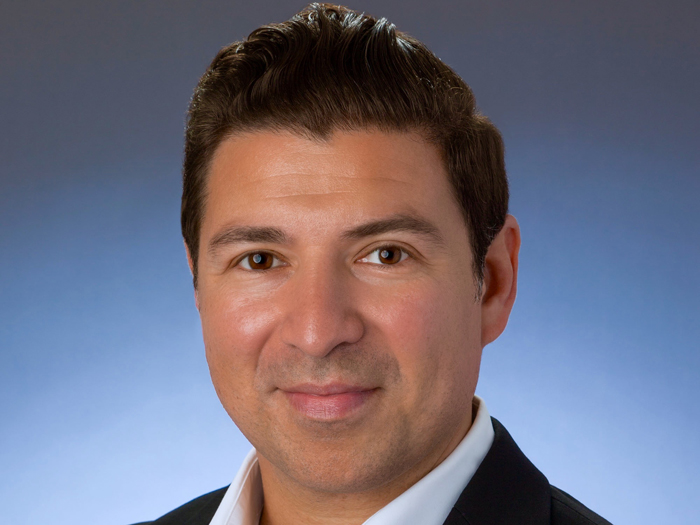Are You Prepared to Manage the Next Workers’ Comp Curveball?
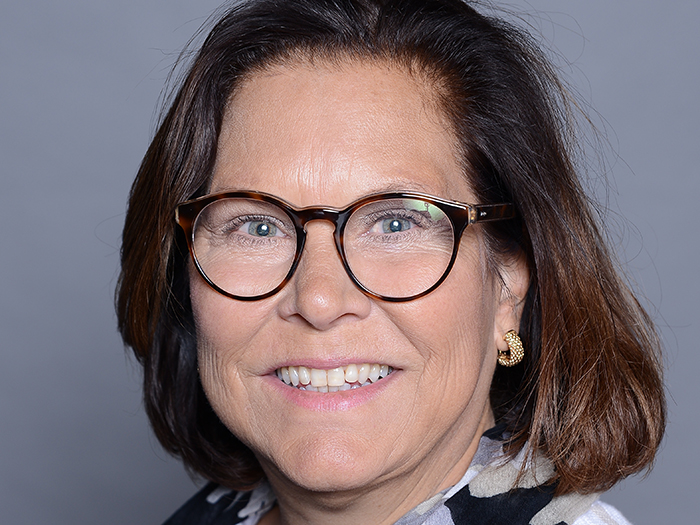
When a catastrophic injury occurs, it’s obvious that the employee who was physically injured is going to need quite a bit of support. In addition to their medical care, they may need help managing any anxiety or depression they may be experiencing after the accident.
Feelings of fearfulness — especially at the thought of returning to where the injury occurred — or feelings of sadness about the accident are normal and oftentimes the workers’ comp system has systems for supporting the worker.
But other employees, those who witnessed the accident, may be struggling with their mental health as well. Protocols, like critical incident stress debriefing and crisis care management, can help them recover before their mental health issues spiral into a psych claim.
 With the COVID-19 pandemic and increased instances of workplace violence, more and more workers could benefit from these crisis care resources.
With the COVID-19 pandemic and increased instances of workplace violence, more and more workers could benefit from these crisis care resources.
Ahead of the National Comp conference, Tammy Bradly, senior director of clinical product marketing, with Genex sat down with Risk & Insurance® to discuss how crisis care can make all the difference in these situations. Bradly will be speaking during the conference session “Building a Blueprint for the Next Crisis” on October 21.
Risk & Insurance: What are some common crisis situations or catastrophic injuries you see in workers’ comp?
Tammy Bradly: From a catastrophic perspective, we see what we say are typical catastrophic injuries — head injuries, spinal cord injuries, major burn injuries, multiple traumas. That’s kind of what we see from a physical diagnosis perspective.
As far as a crisis is concerned, a crisis can be really anything. We see industrial related crisis events. It could be someone suffers a major catastrophic physical injury and there are coworkers that witness this catastrophic event occurring and as a result may have some type of anxiety, they may have trouble adjusting and getting back to work.
That’s really what the crisis piece is. It’s about looking after people, offering “psychological first aid” is what we call it. You want to immediately follow an event so that we can give them the opportunity to talk about the incident and share their feelings while supporting them to hopefully prevent it from developing into a true psychological diagnosis down the road.
R&I: Are there any industries or sectors that are more affected by these types of injuries?
TB: From the catastrophic physical perspective, you typically are going to see those types of injuries in industrial related accidents. The more exposure an employee has to working at unprotected heights or working on heavy equipment, the greater risk of a catastrophic type diagnosis.
From a crisis perspective, it’s really interesting. Typically, if you’re looking at workplace violence, you can imagine what types of people are typically exposed to or maybe exposed to those risks. Things like working late hours, people that work around money or handling money are at risk. We see a lot of hotels, a lot of food service delivery.
However, over the last couple of years, we’ve seen crisis care needed for people who were working in industries like health care that were exposed to taking care of people who had COVID over and over again.
So hospital workers, but even someone you might not think about. We’ve worked a lot with long-term care facilities. If you think about those workers, they’re not only dealing with residents who have COVID, but these are residents that they likely have relationships with because these people are living in these facilities for long periods of time. So they’re not only dealing with the day to day crisis of caring for COVID, but they’re watching people that they had developed relationships with over the years maybe become very ill as a result of COVID, not to mention their own personal concerns over the exposure to COVID themselves.
R&I: I’m sure a lot of businesses may look at crises or catastrophic situations and think, “Oh well that can’t happen to me, that can’t happen here.” Why should all businesses be prepared for a potential crisis situation and be thinking about it before one happens?
TB: No matter how hard you try to prepare, educate your employees and have safety protocols in place; it is inevitable that accidents do happen.
Crisis care is really just coming into its own. Employers often didn’t think about the employees who witnessed a severe injury or workplace violence. They weren’t physically injured, but they were exposed to a negative event, and I don’t think a lot of employers really understood that there are things that we can do for those employees as well.
R&I: Let’s dig into that a bit. What in your view are the current industry best practices when it comes to responding to a workplace crisis?
TB: The first thing the employer has to do is stabilize the work site. If it was some sort of workplace violence incident, they have to make sure that whatever the issue was, it’s been removed from the worksite and the employees first have to feel safe.
Once they’ve stabilized that work site, then we typically say that your crisis response comes in usually around day two or so, 24 to 48 hours post-crisis. You need a little bit of time to get things stabilized, but bringing in the resources quickly to meet with those employees, really is critical.
R&I: So how can case managers help in these cases?
TB: Because these events are typically so severe, you want to engage your catastrophic team. It could be one case manager, but if it was a large event it could involve multiple case managers.
We get these cases typically within the first days of injury and if the injured employee — it may be that we are not even able to communicate with them due to the severity of their injury — but equally important is us getting in there and establishing a relationship with the family and the support system of that employee and letting them know that there is someone there that’s going to be helping to ensure the best possible care for that employee.
Oftentimes, there’s so much happening so quickly just having that local resource there who can communicate between multiple providers, a facility, the family, and the claims personnel. Having that one person in place to pull it all together is so important.
I’ll use an example: If you’ve ever been ill, you know that when you’re not feeling well and you need health care and that’s when you really don’t want to be trying to coordinate health care, right? You’re not at your best. So we really take that burden off of the injured employee and their families. We are there for them, we are making sure that they have everything they need, coordinating their discharge planning, any home equipment or services they need. We’re the one right there coordinating all of that so that the employee and their family don’t have to worry about it, and that lifts a huge burden off people’s shoulders.
R&I: I want to dig into the psychological piece of this, both from the standpoint of employees who may have sustained physical injuries and those that may have just witnessed the event. So starting with employees who have sustained physical injuries. In these catastrophic situations, I know care often needs to go beyond an injured employee’s medical needs. So how can the industry ensure it is dealing with those psychological needs as well?
TB: I like to talk about it from a social determinants of health perspective. I think this framework is a little bit bigger than just saying psychosocial. We have to understand that the health care that one receives is really one small piece of what’s going to drive someone’s outcome.
We have to really understand that person — their physical environment, their economic stability, their support system, any preexisting psychosocial and or physical injuries they may have.
R&I: You used the term social determinants of health, which I know has been common in public health for some time, but it feels newer to the workers’ comp space. So for our audience, I wonder if you could just walk through what that entails and if you’re seeing it becoming more talked about within the industry?
TB: I started looking at and writing about social determinants of health in 2019, and you’re right, it is a term that was born out of the public health and health care industries. But if you think about it, it aligns with our industry as well because when you think about that only 10 to 20% of health outcomes are actually driven by the health care one receives.
The rest of what determines recovery is really driven by the social determinants of health and our genetics. Take the employee who had a minor physical injury and was doing well and then all of a sudden they stopped attending physical therapy and their recovery was starting to take a little bit longer than typical guidelines indicated. Let’s say a case manager was assigned to the file because it was exceeding those usual and customary guidelines.
And as the case manager met with and got to know that employee, they determined that the reason why the employee wasn’t going to physical therapy anymore is because they could not afford to keep up their car insurance on their limited income and they had no way to get to physical therapy.
That sounds so simple, but yet weeks had gone by and this employee was not getting the follow up care that they needed because they had no transportation to physical therapy and so as soon as we identify that, we can work with our claims partner and make arrangements for transportation for that employee to get them on track.
R&I: Turning to the people who may have witnessed a workplace injury but not sustained a physical injury themselves, how can things like critical incidents, stress debriefing help put that “psychological Band-Aid” as you called it, on the situation and prevent it from spiraling into a psych claim?
TB: Just by giving the person or persons the opportunity to share their experience and provide them with support and let them know that what they’re experiencing is normal. It’s normal for all of us to respond to a negative event with some level of stress and anxiety.
So that in and of itself is not a psychological diagnosis, but if it’s left unattended, then it could develop into a true condition, and that’s really what or critical instance stress management is providing. It allows employees to vent and understand that they do have the support that they need while they’re learning to cope with the situation.
R&I: How have you seen critical incident stress debriefing work in action? Are there any success stories you can share?
TB: We had an unfortunate catastrophic event at a workplace, an industrial site, and I believe there were five employees that witnessed the event. An employee was caught in a machine and it was a fatality. The five employees who witnessed it were unable to come back to the work site.
So our crisis response specialist went out, and she determined that the five gentlemen were all very devout in their religion and she met with them and supported them, and what was determined that could help them get back to the work site was to have a priest come in. They all happened to share the same religion and they also lived in a very close-knit community.
Once we had the priest come in and we had our meetings with them, they felt that they were comfortable getting back to the work site and they all successfully returned to work. So again, we used an outside resource in that instance, but our crisis response specialist listened to them and understood their culture.
R&I: Tammy, I know you’ll be presenting on these topics at National Comp. Why did you think that was something important to talk about this year for the industry?
TB: We’re speaking with the Miami-Dade school district at the conference and it’s really all around their response to the pandemic. Miami-Dade is one of the largest school districts in the country and they have their own police force.
So when the governor of Florida came down and said all police officers are going to be covered under the presumption law for COVID, Rosa Royo, director of workers’ compensation and loss prevention for Miami-Dade County Public School had over 600 police officers under her that work for the school district, who overnight became potential workers’ comp cases.
So Rosa had a history of working with two of our local case managers and she called them in immediately because as you can imagine on day one, when the governor said police officers are covered, there were already police officers that had COVID.
Many of the officers had minor symptoms, but there were those that had some very severe medical issues as a result of COVID, and so Rosa called in our case managers to make sure that we were taking care of all of those police officers with the goal of getting them well and back to work as quickly as possible. &
Find out more and join the National Comp community, online and in person.





